
10 Best Intelligent Greenhouses for Sustainable Farming in 2023
As the demand for sustainable farming practices continues to rise, the concept of the "Intelligent Greenhouse" has gained significant attention in the agricultural sector. An expert in this field, Dr. Sarah Greene, emphasizes the importance of integrating technology with traditional farming methods, stating, "Intelligent Greenhouses represent the future of agriculture, offering unprecedented efficiency and sustainability that can meet the challenges of modern food production." This innovative approach not only enhances crop yield but also minimizes environmental impact, making it a pivotal solution for farmers aiming to adopt greener practices.
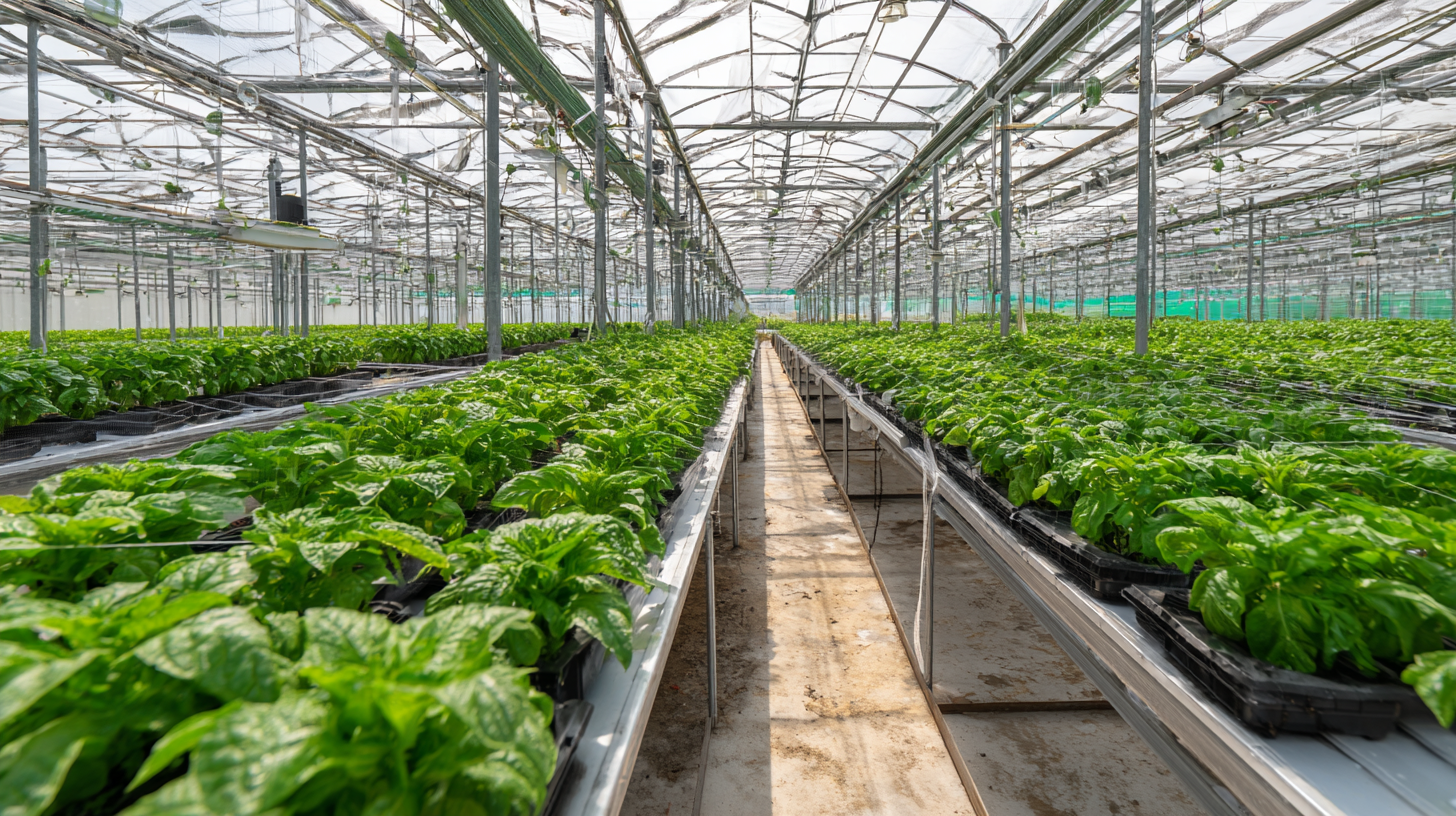
In 2023, numerous intelligent greenhouse systems have emerged, each equipped with cutting-edge technologies designed to optimize growing conditions. From climate control sensors to automated irrigation systems, these features collectively contribute to more efficient resource management. Sustainable farming is not just a trend; it is becoming a necessity as the world grapples with the pressing issues of climate change and food security. With intelligent greenhouses, farmers can leverage data-driven insights to make informed decisions, ensuring that their operations are both productive and environmentally responsible.
This article explores the ten best intelligent greenhouses available in 2023, providing essential tips for farmers looking to transition to more sustainable methods. By embracing these innovative solutions, growers can not only enhance their productivity but also play a vital role in fostering a sustainable agricultural landscape.
Innovative Technologies Driving Sustainable Farming in Intelligent Greenhouses
In 2023, intelligent greenhouses are revolutionizing sustainable farming by integrating innovative technologies that enhance efficiency and productivity. These high-tech environments leverage automation, artificial intelligence, and IoT (Internet of Things) devices to optimize growing conditions. Sensors monitor variables such as temperature, humidity, and soil moisture in real time, allowing for precise adjustments that lead to healthier crops and reduced resource waste. By automating irrigation and nutrient delivery, farmers can ensure that plants receive exactly what they need, minimizing overuse and runoff.
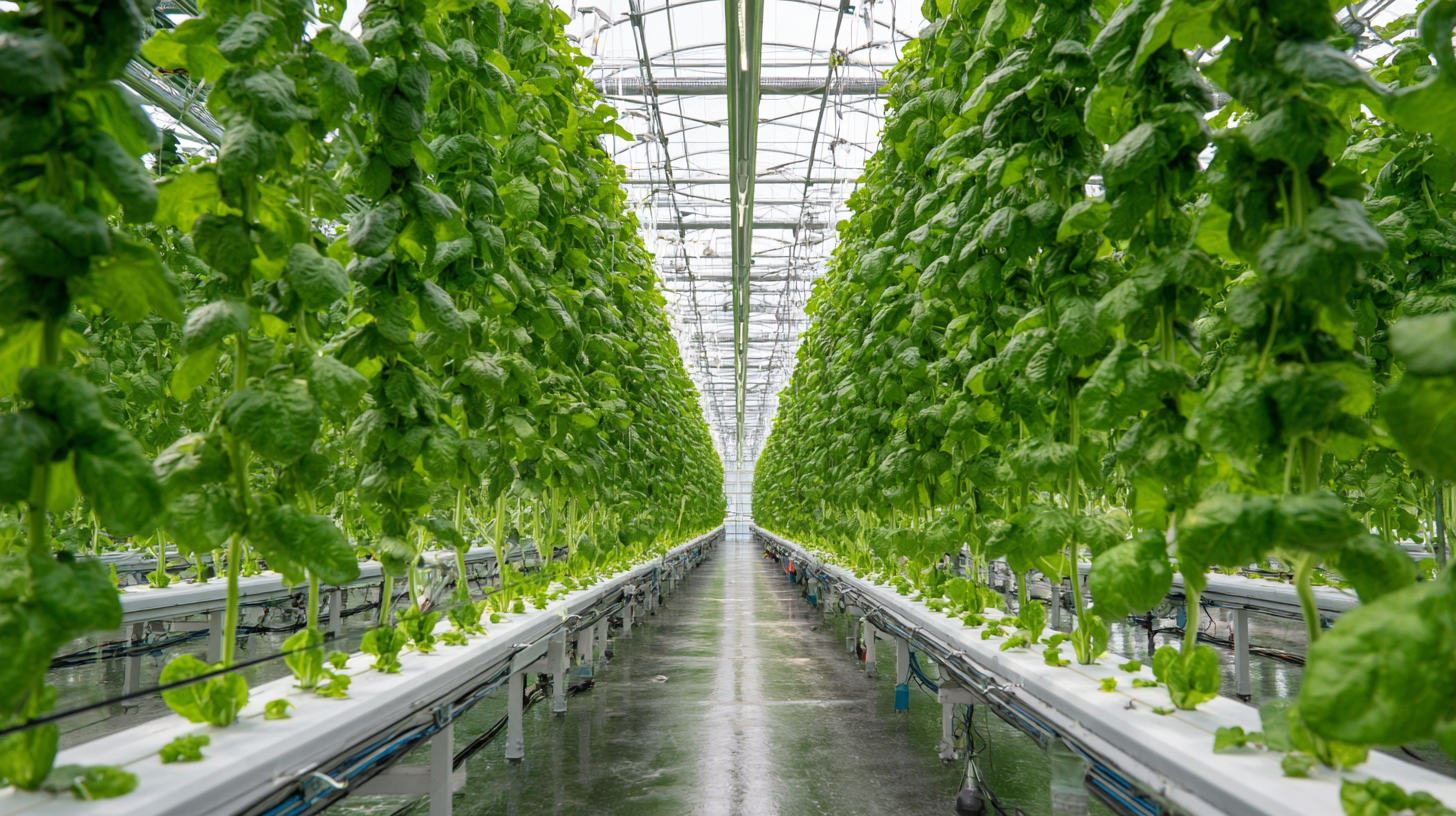
Moreover, smart greenhouses employ advanced lighting systems that use LED technology tailored to specific plant growth stages. This not only conserves energy but also boosts crop yields by creating ideal photosynthetic conditions. Integration with renewable energy sources, such as solar panels, further enhances sustainability by reducing dependency on non-renewable power. By collecting and analyzing data, farmers can also predict trends and make informed decisions, leading to increased resilience against climate variability. This fusion of innovative technologies is setting a new standard for sustainable agriculture, ensuring that food production systems are more efficient and environmentally friendly.
Key Features of the Top 10 Intelligent Greenhouses for Maximizing Yield
In 2023, the rise of intelligent greenhouses marks a transformative shift in sustainable farming practices. These state-of-the-art systems integrate advanced technologies to enhance crop yield and reduce resource consumption. For instance, according to the report by MarketsandMarkets, the global smart greenhouse market is expected to reach $2.5 billion by 2026, growing at a CAGR of 18% between 2021 and 2026. Key features of the leading intelligent greenhouses include automated climate control systems, which adjust temperature and humidity levels based on real-time data, significantly improving growing conditions.
Moreover, intelligent greenhouses utilize hydroponic and aeroponic systems that enable farmers to produce crops using up to 90% less water than traditional methods. A research study published in the Journal of Agricultural Science indicates that these systems can boost crop yields by more than 30% compared to conventional outdoor farming. Furthermore, many intelligent greenhouses are equipped with AI-driven analytics platforms that allow growers to monitor plant health and optimize nutrient delivery, thus maximizing output while minimizing environmental impact. As technology continues to advance, the potential for intelligent greenhouses to revolutionize sustainable farming grows exponentially.
Environmental Impact: How Intelligent Greenhouses Reduce Water and Energy Use
Intelligent greenhouses are revolutionizing sustainable farming by significantly reducing water and energy consumption. These advanced structures utilize automated systems that monitor environmental conditions such as temperature, humidity, and light levels, ensuring optimal growth while minimizing resource wastage. The integration of technologies like solar panels and rainwater harvesting systems enhances their efficiency, allowing farmers to produce more with less environmental impact.
To maximize the benefits of an intelligent greenhouse, consider implementing smart irrigation systems. These systems use sensors to provide precise watering based on plant needs, significantly lowering water usage. Additionally, utilizing energy-efficient LED lighting can further reduce electricity consumption while still promoting healthy plant growth.
Another tip is to incorporate climate-responsive design elements into your greenhouse. Features like thermal mass walls and natural ventilation can help maintain ideal temperatures without relying heavily on energy-consuming heating and cooling systems. By focusing on these sustainable practices, intelligent greenhouses can create a more environmentally friendly future for agriculture.
Comparative Analysis of Costs vs. Benefits in Sustainable Greenhouse Solutions
The rise of intelligent greenhouses represents a significant shift in sustainable farming practices. A comparative analysis of costs versus benefits reveals that, while initial investments can be substantial—ranging from $15,000 to $50,000 depending on technology and size—long-term advantages can outweigh these expenses. Reports indicate that automated systems can increase crop yields by 30% to 50%, while reducing water usage by up to 90%, leveraging advanced technologies like hydroponics and IoT sensors for precision agriculture.
Moreover, the operational efficiencies gained through intelligent greenhouses translate into lower labor costs and decreased reliance on herbicides and pesticides, fostering a healthier ecosystem. According to the International Society for Horticultural Science, the use of such greenhouses can lead to a reduction in CO2 emissions by as much as 60% due to more efficient energy use. By investing in sustainable greenhouse solutions, farmers not only enhance their productivity but also contribute to global efforts in combating climate change, a critical factor that increasingly influences agricultural practices today.
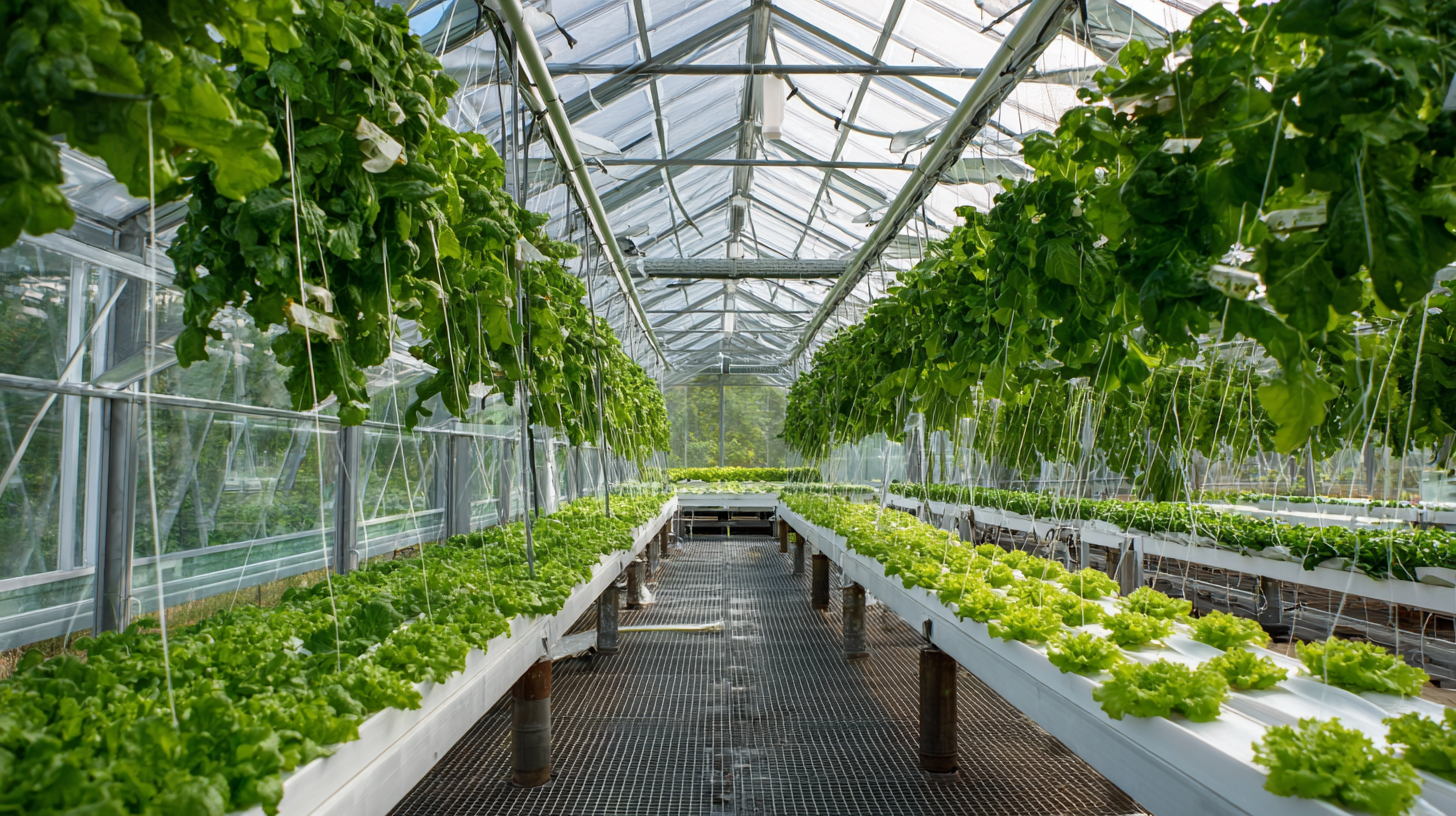
Future Trends: The Role of AI and Automation in Next-Gen Greenhouses
As sustainable farming continues to gain momentum, the integration of AI and automation in greenhouse technology is paving the way for next-generation agricultural practices. According to a recent report by MarketsandMarkets, the smart greenhouse market is projected to reach $2.8 billion by 2025, driven by the increasing adoption of advanced technologies such as IoT and AI. These innovations allow for real-time monitoring of environmental conditions, enabling farmers to optimize plant growth and resource usage, which is essential for sustainable agriculture.
Incorporating automation into greenhouse operations not only enhances efficiency but also reduces costs. For instance, automated irrigation systems can decrease water usage by up to 50%, as noted in a study by the USDA. Similarly, AI-driven systems can analyze data from sensors to predict the best times for planting and harvesting, thereby maximizing yield while minimizing waste.
**Tips for Implementing AI in Greenhouses:**
1. Start small by automating one aspect of your greenhouse, such as irrigation or temperature control, before scaling up.
2. Invest in sensors that provide real-time data to help you make informed decisions about crop management.
3. Collaborate with tech companies specializing in agricultural technologies to tailor solutions that fit your specific needs and goals.
Related Posts
-

Quality Greenhouses from China: A Global Marketplace Revolution
-
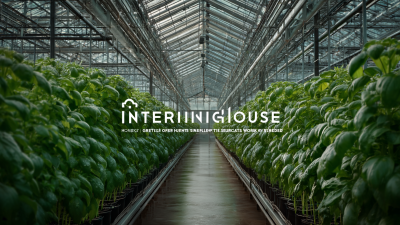
Finding Top Suppliers for the Best Intelligent Greenhouse Solutions Worldwide
-
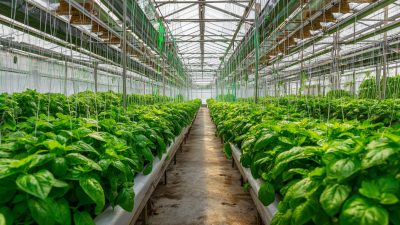
10 Advantages of Best Tunnel Greenhouse in Urban Farming for Higher Yields
-
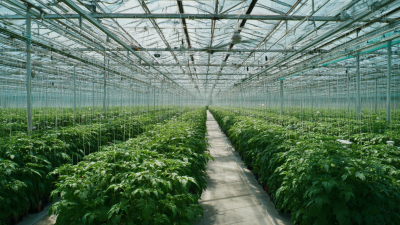
Unleashing Global Excellence with China's Finest Vegetable Greenhouses
-
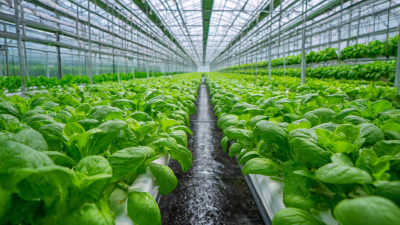
Finding Top Suppliers for the Best Intelligent Greenhouse Solutions in a Competitive Market
-

The Ultimate Checklist for Choosing the Perfect Industrial Greenhouse Design
